
The Mysterious Belly Button Project
By Storybird

20 Sep, 2023

For her new biology project, 14-year-old Emma decided to explore a topic that was often overlooked but universally familiar - belly buttons.

Emma started her research by questioning why humans even had belly buttons.
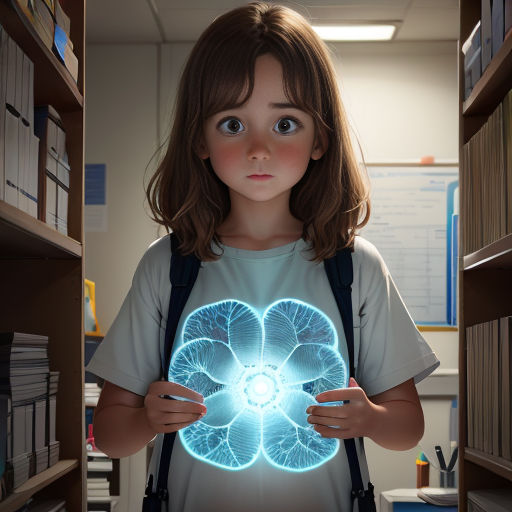
She discovered that belly buttons were the remnants of the umbilical cord which connected us to our mothers in the womb.
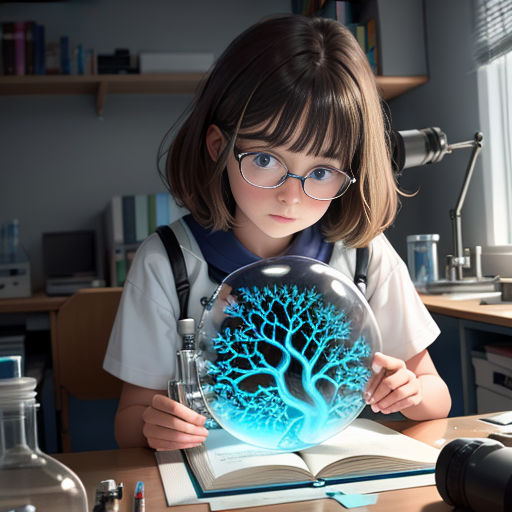
Emma was fascinated by the fact that something so seemingly insignificant held such a crucial biological function.

She also learned that there were two types of belly buttons - 'innies' and 'outies', determined by how the umbilical cord was cut and healed.

Pondering over the different shapes and sizes, Emma wondered if belly buttons had any correlation with a person's health.
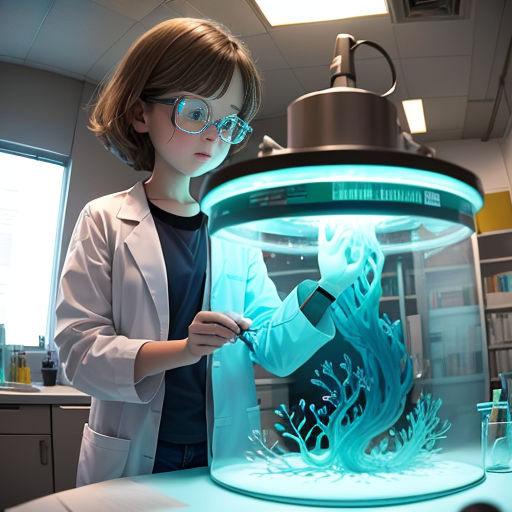
She came across studies showing that our belly buttons host a diverse ecosystem of bacteria, just like our gut.
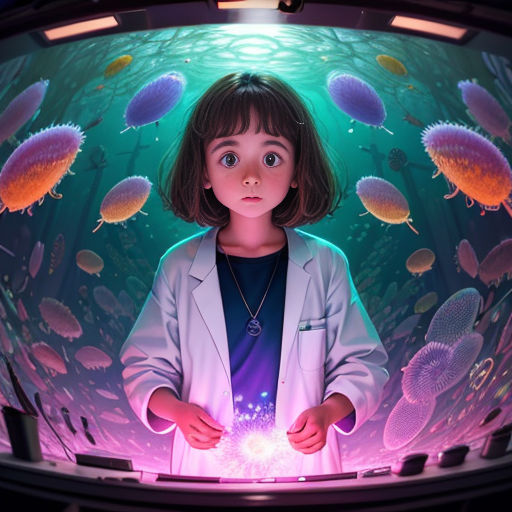
Emma was amazed by this discovery, realizing that our bodies were home to millions of unseen organisms.

She decided to involve her classmates in her project, and asked them to swab their belly buttons for bacteria.

Emma's classmates thought the idea was both funny and gross, but they agreed to participate.

Emma collected the samples and brought them to her school lab for further study.

Under the microscope, Emma found a myriad of bacteria, each sample unique in its composition.

Emma was intrigued by the diversity and complexity of the microbial life in something as simple as a belly button.
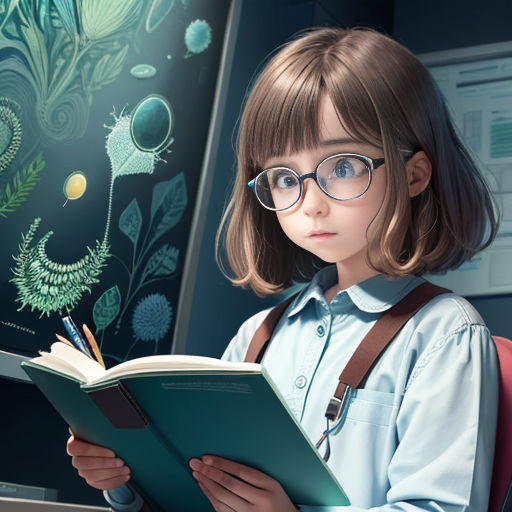
The more she studied, the more fascinated she became with the idea of our bodies as hosts to these microscopic communities.

Emma shared her findings with her classmates, who were equally amazed and grossed out.

Emma's biology teacher, Mr. Thompson, was impressed by her thorough and unconventional research.

Emma's project sparked a school-wide interest in microbiology, with students becoming more curious about the invisible life forms living on and within them.

Emma's belly button project had turned into something much bigger than she could have imagined.

Emma was invited to present her findings at a local science fair, where she was met with intrigued and amused reactions.

Emma loved how her project had not only taught her about biology, but also sparked a conversation about the importance of small things in life.
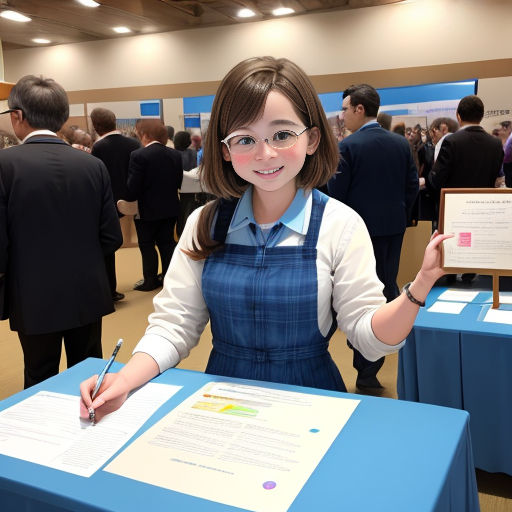
Emma's project was a hit at the science fair, and she even won an award for the most innovative project.

Emma was thrilled with the recognition, but she was even more excited about the conversations her project had started.

Emma's belly button project had taught her classmates, teachers, and even herself, to appreciate the intricacies of our bodies and the unseen world within us.

Emma realized that sometimes, the most fascinating discoveries could come from the most unexpected places.